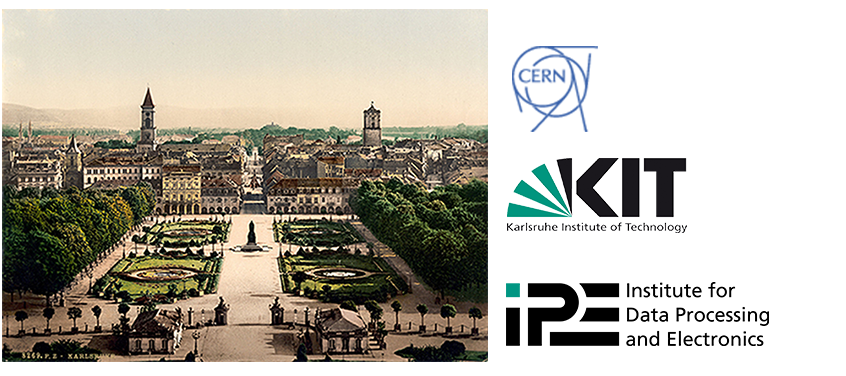Speaker
Description
We will present the electronic and DAQ system being developed for TripleGEM detectors which will be installed in the CMS muon spectrometer. The microTCA system uses an Advanced Mezzanine Card equipped with an FPGA and the Versatile Link with the GBT chipset to link the front and back-end. On the detector an FPGA mezzanine board, the OptoHybrid, has to collect the data from the detector readout chips to transmit them optically to the microTCA boards using the GBT protocol. We will describe the hardware architecture, report on the status of the developments, and present results obtained with the system.
Summary
In this contribution we will report on the progress of the design of the electronic readout and data acquisition (DAQ) system being developed for Triple-GEM detectors which will be installed in the forward region (1.5 < |η| < 2.2) of the CMS muon spectrometer during the 2nd long shutdown of the LHC, planed for the period 2018-2019. The architecture of the Triple-GEM readout system is based on the use of the microTCA standard hosting FPGA-based Advanced Mezzanine Card (AMC) and of the Versatile Link with the GBT chipset to link the front-end electronics to the micro-TCA boards. For the on-detector electronics a new front-end ASIC, called VFAT3, is being developed for the CMS Triple-GEM system. Its architecture is based on the TOTEM VFAT2 chip which is currently used to test the CMS Triple-GEM prototypes and the new data acquisition system. On detector, a Xilinx Virtex-6 FPGA mezzanine board, called the OptoHybrid, has to collect the data from 24 front-end chips and to transmit the data optically to the off-detector micro-TCA electronics as well as to transmit the trigger data at 40 MHz to the CMS Cathode Strip Chamber (CSC) trigger. Two versions of this OptoHybrid have already been designed. They are used to readout the CMS Triple-GEM prototypes equipped with VFAT2 chips and both have been tested with beam at CERN. The microTCA electronics provides the interfaces from the detector (and front-end electronics) to the CMS DAQ, TTC (Timing, Trigger and Control) and Trigger systems. Each micro-TCA crate can house 12 AMC boards. Currently the GLIB board designed by CERN is used for the system developments. For the final system more powerful boards based on the Virtex-7 or Kintex-7 Xilinx FPGA are envisaged. During the LHC yearly extended technical stop of winter 2016-2017, 8 Triple-GEM detectors will be installed inside CMS. They will be read-out with the existing VFAT2 chip and with the data acquisition system described above. To prepare this installation, called slice-test, a dedicated test bench has been set-up at CERN to integrate the GEM with the CSC electronics. This work also includes the development of the DAQ software based on xDAQ and of the detector control system.
In this contribution we will describe the hardware architecture and expected performance, report on the status of the developments of the various electronic components and present preliminary results obtained with the microTCA-based readout system developed for the slice-test.
